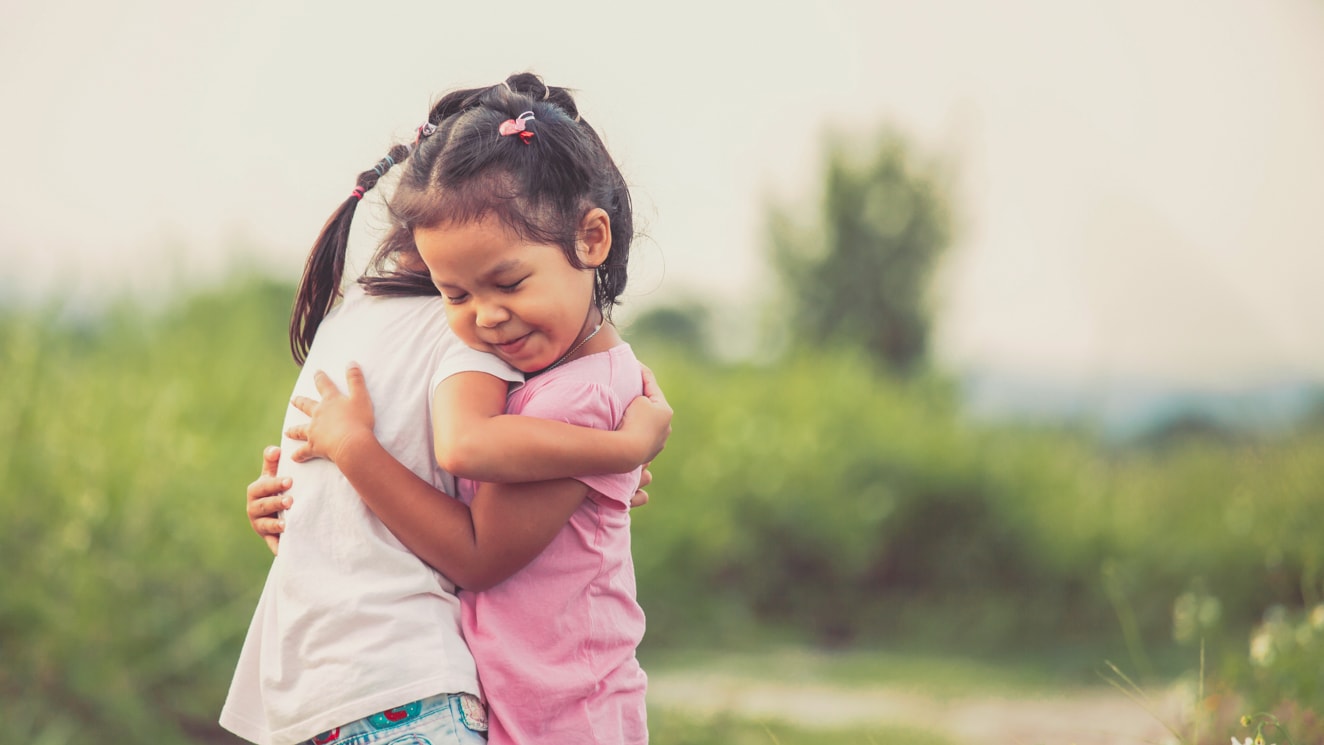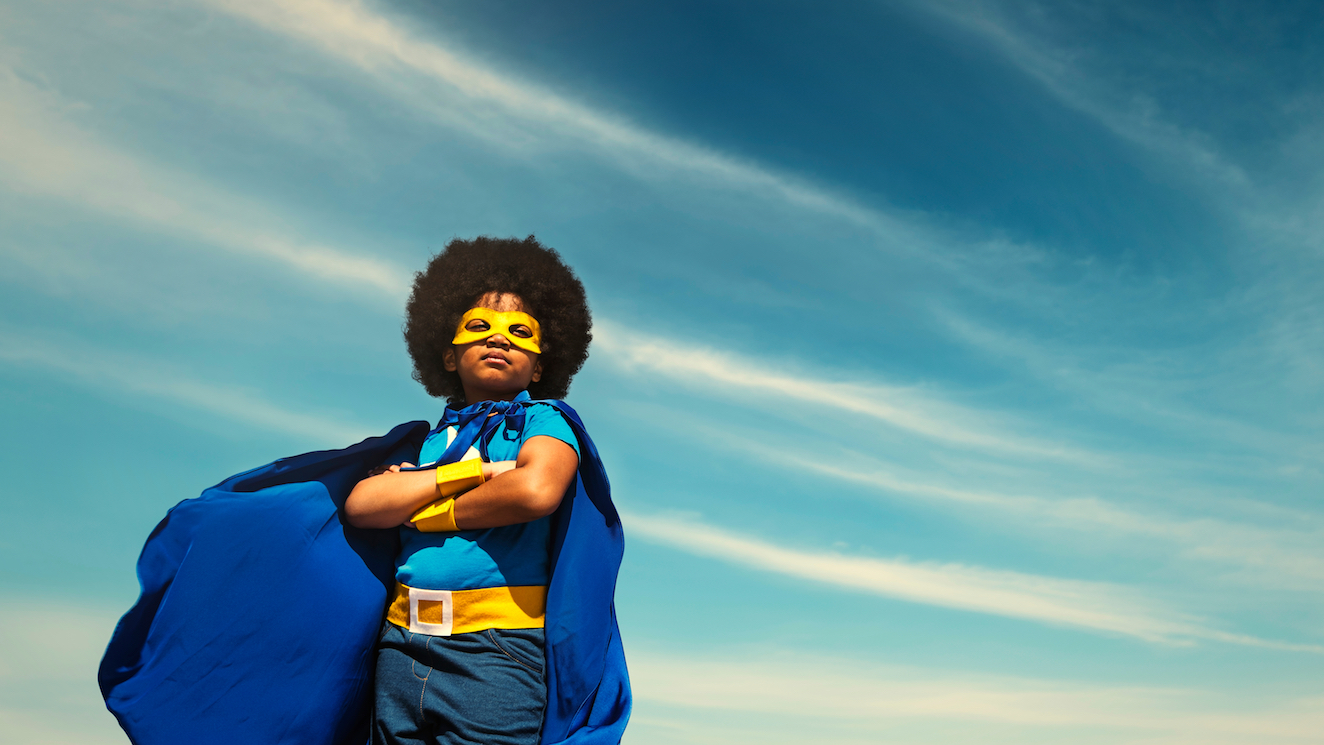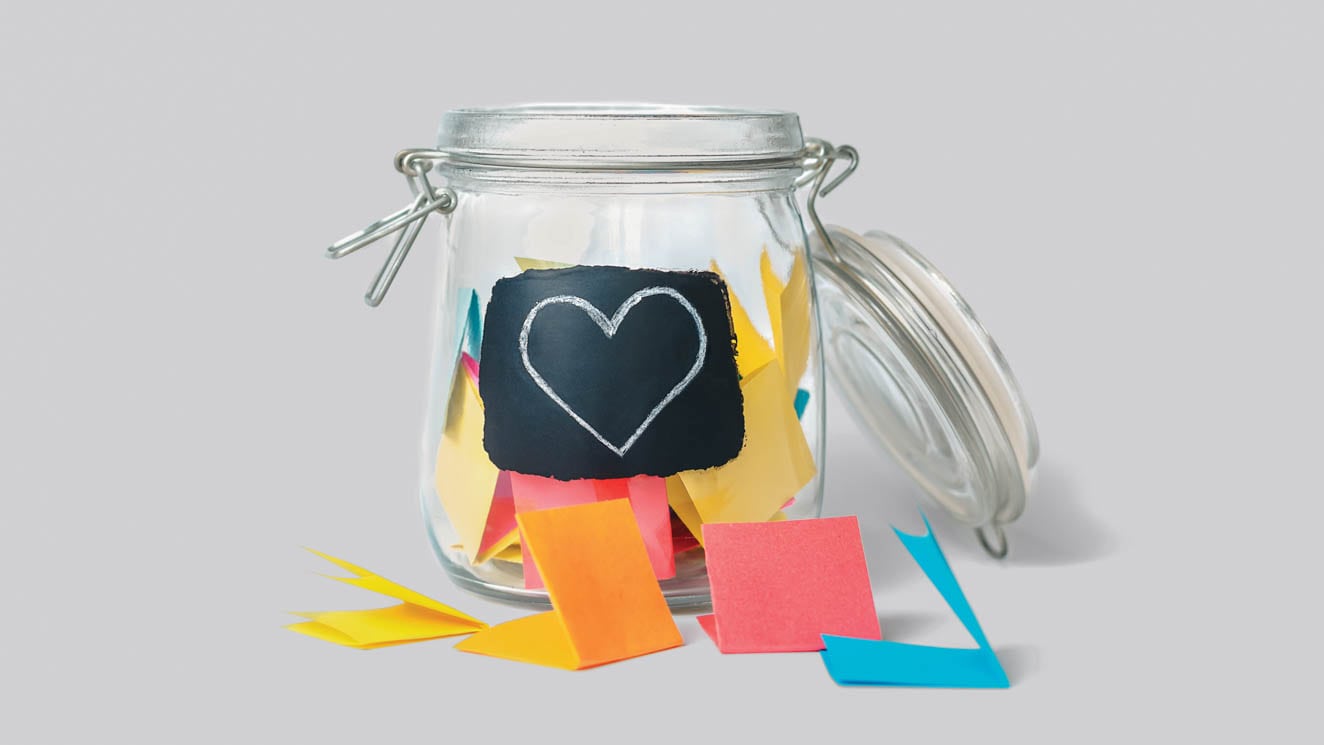

We know that racism and discrimination are woven into so very many aspects of our society; last summer’s protests over the police killings of George Floyd, Breonna Taylor and others were only a stark reminder of that (for anyone who needed reminding). This reignited conversations about privilege and race — at dinner tables, in schools, on social media and in our communities in all kinds of ways. And that’s a good thing. Still non-Black parents sometimes struggle with how to talk to their kids — young kids, especially — about racial injustice. How do we talk to our kids when the subject matters of race and racism are so sensitive and yet absolutely vital?
We turned to Dr. Jane Rosen, a child clinical psychologist in private practice and the director of the IKAR Early Childhood Center in Los Angeles, for some insight on how to talk to young kids about issues of racism and discrimination. (Dr. Rosen, whose family is racially mixed, speaks from personal as well as professional experience.) She shared some guidance on what and how much our young kids should know, how to initiate necessary conversations in our homes, and what steps we adults can be taking to address our own racial biases and behaviors.
AR: If I live in a predominantly white community, how do I begin to address issues of race with my child?
JR: Talk about race. It’s crucial. Parents are often afraid to do it wrong, so they don’t do it at all. But these ideas need to be spoken and thought about early and often.
So many of the things we used to believe about teaching kids about race are not true. For example, it’s not necessary to be in a diverse environment to develop good ideas about race. It’s great to be in a diverse environment, sure, for all kinds of reasons, but we used to think: make sure kids are in diverse environments and that will prevent racism, but this turns out to be less important than we thought. People tend to self-segregate, even in mixed environments.
Another myth is that children are colorblind. This is simply not true. They do see differences. What they don’t add to it are the values. But the notion that if we say nothing and have a diverse environment and everyone will be an antiracist is wrong. Kids develop ideas about race early on, whether we intervene or not.
AR: So how do I talk about those differences with my young kid?
JR: The first step is to acknowledge differences. Even babies recognize differences, but we tend to be afraid to broach it. Preschool kids will say to me “You’re old, Jane!” and parents are mortified — but it’s true! Or they might say “That teacher’s skin is black,” and, again, the white parent is so embarrassed. But it’s the reaction that makes it taboo. A parent inadvertently adds the toxic overlay when they say, “You’re saying something bad!” But the child is just noticing what they see, and it’s accurate.
So if you’re a parent, you can say, “Yes, her skin is black. Mine is brown. Hers is creamy beige.” Treat it as an honest assessment of what they see. You can make these observations when reading or watching TV with them, too: “All these people look the same! They look white!” Or “All these people look different from us!” Inject some of these conversations into your daily lives.
We’ve done a better job of this when it comes to gender. We say, “Women can be doctors or astronauts!” When your kid says, “That waitress is Black!” you can say, “People of any color can be anything they want.” We’ve done that sort of successfully with gender. But not with race.
AR: But we live in a world where this isn’t always true — there is such inequity. White and Black kids are often not dealing with the same issues. Black kids can’t always be anything they want to be because of systemic racism.
JR: This involves a much more nuanced conversation, and might not be appropriate with a very young kid. But you can say, “Even though we really are the same at heart, we don’t always get treated the same way.” You can make that distinction. If you have friends from mixed race families you can explain: “A long time ago, Suzie’s mom and dad weren’t allowed to get married, and now they can. But there are still other things that many people don’t see as okay.” Make the distinction between what used to be the case, what has changed, and what is still hard. Start simple. As children cognitively mature, the discussions can become more complex. Your initial conversations will have laid the groundwork for these subsequent discussions.
AR: How do I explain what’s happening right now in our world? How do I know what to share and how much to share?
JR: What does your kid know already? That’s always the place to start. Ask them: Who are the helpers? What can we do? “You’re going to come with me when I vote for the people who want to fix these injustices.” They need to see us doing.
If your child knows what’s happened and she says “The police killed a Black man,” you can say “That is correct. That is what happened. Those policemen didn’t make a good choice. And how do you feel when we talk about this?” If she says it makes her feel sad, you can ask her to draw a sad picture. Help her process. You can say, “It makes me feel sad that people who are Black and Brown sometimes have a harder life in this country than we do. How do you feel about that?” Parents of color often don’t have a choice about when they teach their kids about race because hey are faced with racism early and often.
Avoid keeping violent images on a continual loop in your home. Kids cannot process the visuals. Parents should also avoid sharing their rage with their kids without the remedy — for example, getting into a heated conversation over dinner with your spouse about the latest headline without realizing the kids can hear it all. Parents are not filtering. That’s okay with friends and with teens, but not with young children. It gives them a sense of helplessness and doesn’t make them feel like there’s hope and reason to be in this fight.
AR: How do I know whether my kid is being impacted by all of this?
JR: Now is the time to listen to the meaning kids are putting to these events. Yes, limit their exposure to the news, but they have the right — and, at older ages, the capacity — to hear the reality of this situation in simple and honest terms. Respond with authenticity. Don’t shy away from words they are hearing — police brutality, white supremacy, protest. You can say, “There are people who think that some people are better because of their race. That is absolutely wrong.” It’s also okay to express that you don’t know everything.
AR: How do I begin to interrogate myself and my own racial bias?
JR: Look at your own life. What values am I passing down, not just verbally but how am I walking the walk and talking the talk? We need to step back and take a good look because as parents, sometimes our actions are not supporting our values. Can we join a faith community that is more inclusive? Can we share with our kids where we are donating our time and money and resources? Can we make sure our children see faces in movies and books that feature people of all different races? A 2018 study on children’s books found that 50% of books had white characters and 30% had animals as characters. So close to 80% of books don’t represent you if you’re a kid of color. You’re more likely to see a talking duck than a kid of color! So get books with kids of color into your at-home library — and they do not need to be books about Martin Luther King, Jr.! They should be books where kids are the protagonists of their own stories.
AR: And forget about the platitudes?
JR: “Everyone is the same” or “everyone is equal” is not true. I understand peoples’ intention when they say this, but it’s not accurate because children observe where and how we live. They see the disparities, they consume media. They see who their parents’ friends are, what their parents say in body language, what is influencing their attitudes. We have to counter a lot of things they see, so a more honest — and productive — thing to say is: “Yes, everyone should be treated fairly, but they aren’t always. It’s good to be friends with all different kinds of people not because it’s ‘right’ but because it’s joyous. It makes our lives richer and better.”
This interview has been edited and condensed.







